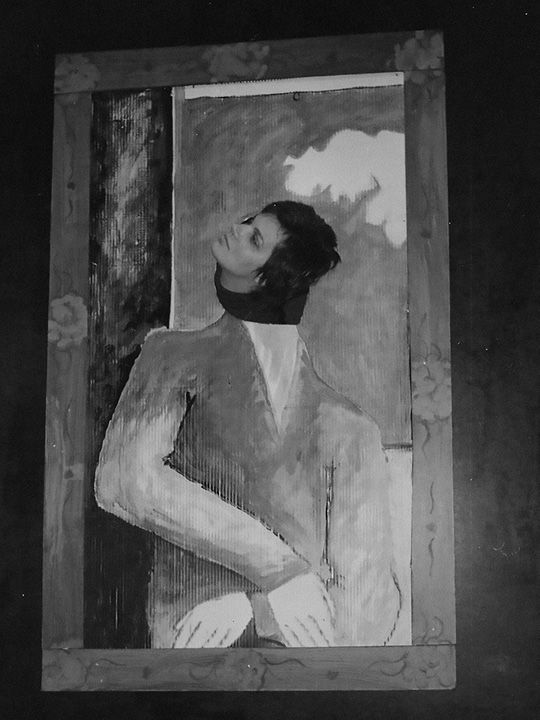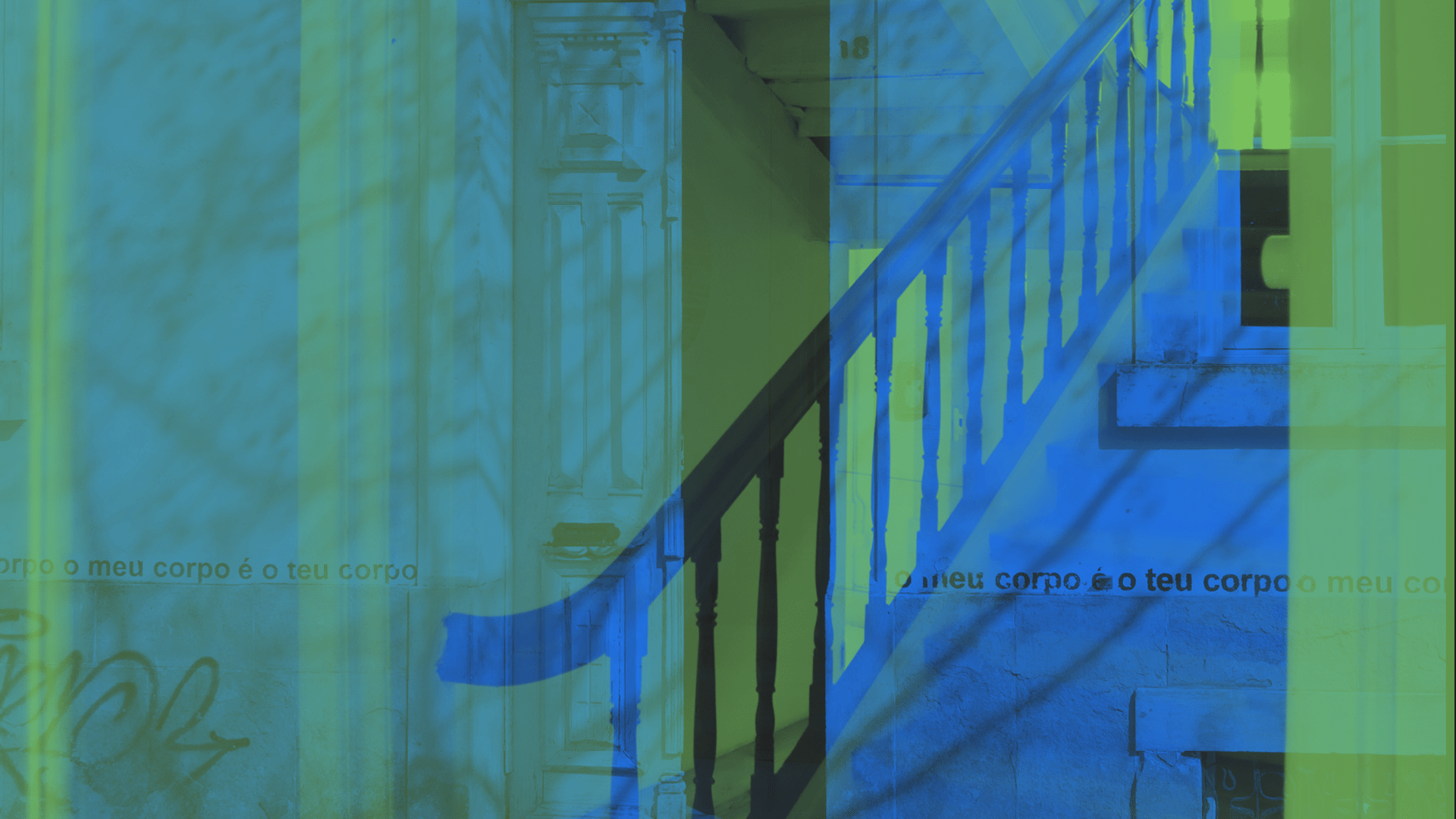Túlia
Saldanha
Túlia Saldanha



Portugal, 1930 - 1988
Túlia Saldanha (Macedo de Cavaleiros, Portugal, 1930-1988) began her artistic career late, at the age of 37, when she enrolled in a painting course at the Círculo de Artes Plásticas de Coimbra. Over the next two decades, the Círculo became her permanent "artistic residence", a place for experimentation, socialising with peers of her generation and a space for developing a body of work whose intensity was capable of dissolving the boundaries that separate art from life.
Transitioning between languages and media, Túlia Saldanha extended her artistic activity to painting, sculpture, performance, action and teaching. Her work has simultaneously formulated an autobiographical expression and a space for encountering the Other. The primary keys to understanding her work are the passage of time, the subversion of the spaces of femininity, collective creation, and her involvement with art teaching and her relationship with the Circle. The artist's participation in this biennial recalls the event that António Barros refers to as the artist's "last performance": a flight in a circle over the CAPC headquarters - or a kind of homecoming.
Untitled, s/d (1976-1978)
Wooden cabinet box, painted in acrylic paint, with ceramic figures painted in enamel paint and glass bell
In Túlia Saldanha's work presented at this biennial, seven ceramic figures of saints are enamel painted and positioned in a closed circle. Although sheltered by a bell and a cupboard, in an allusion to how these miniatures usually appear on home altars, the vibrant colours and glossy surface of the paint give the objects a certain delirium. In dialogue with other works in her repertoire, such as Do Nordeste a Coimbra (1978), the artist expresses a critical attitude towards themes that circumscribe traditionally feminine spaces. Through her aesthetic interventions, Túlia Saldanha distorts the symbols that make up the imagery of everyday domestic life. Close to this work, Clara Menéres' Relicário, from 1969, establishes a profound conversation between artists of the same generation about the patriarchal, conservative and authoritarian values of Portuguese society at the time, in the context of the transition from the Estado Novo to democracy.
In 2014, Túlia Saldanha's work received its first anthological exhibition, entitled Túlia Saldanha, at the Calouste Gulbenkian Foundation's Modern Art Centre, with a tour to the Vostell Malpartida Museum in 2015. Between 2020 and 2021, she received the retrospective Umahora vi, at the Graça Morais Contemporary Art Centre. During her lifetime, she took part in various exhibitions and artistic interventions organised by the Círculo de Artes Plásticas de Coimbra and Ernesto de Sousa, including the 1 000 011º Aniversário da Arte e Arte na Rua (1974), the Semana da Arte (da) na Rua (1976) and Alternativa Zero: Tendências Polémicas na Arte Portuguesa Contemporânea (1977).

